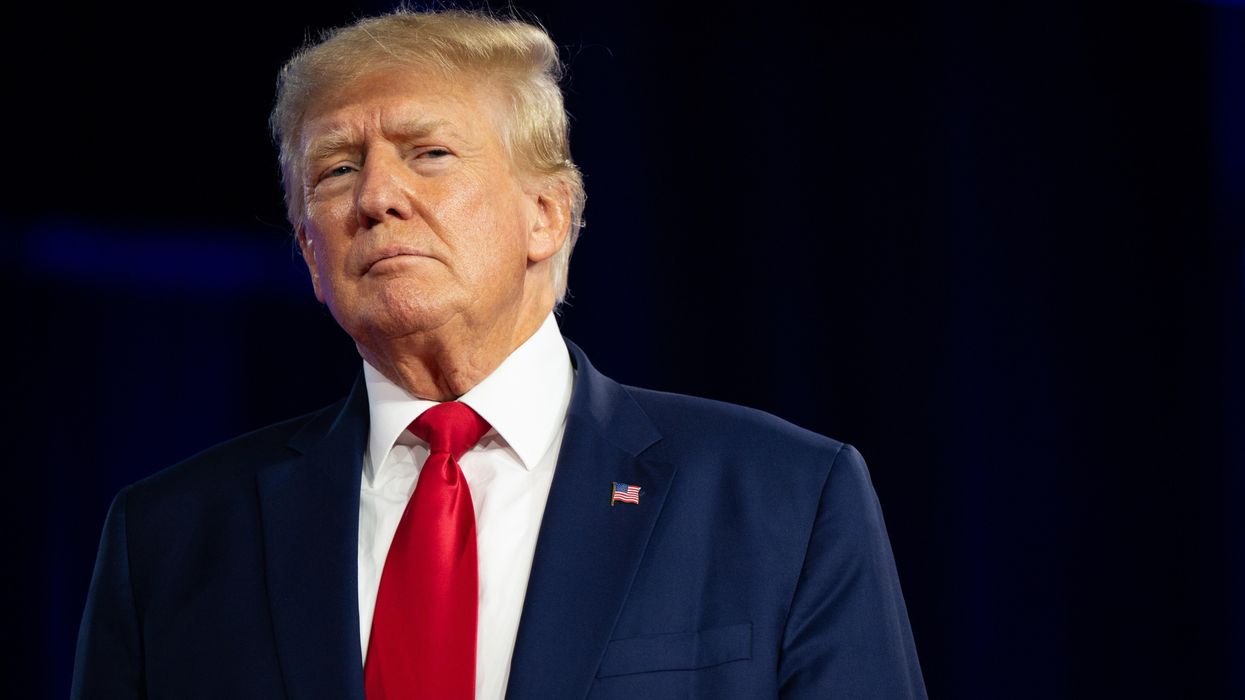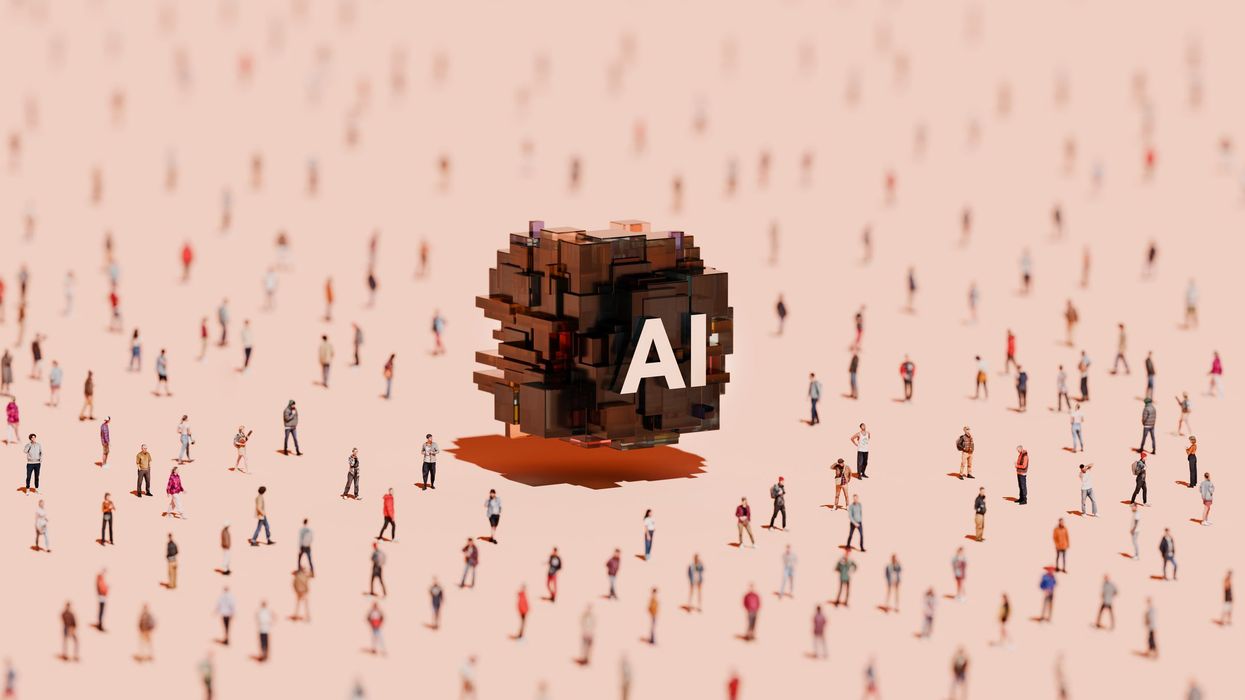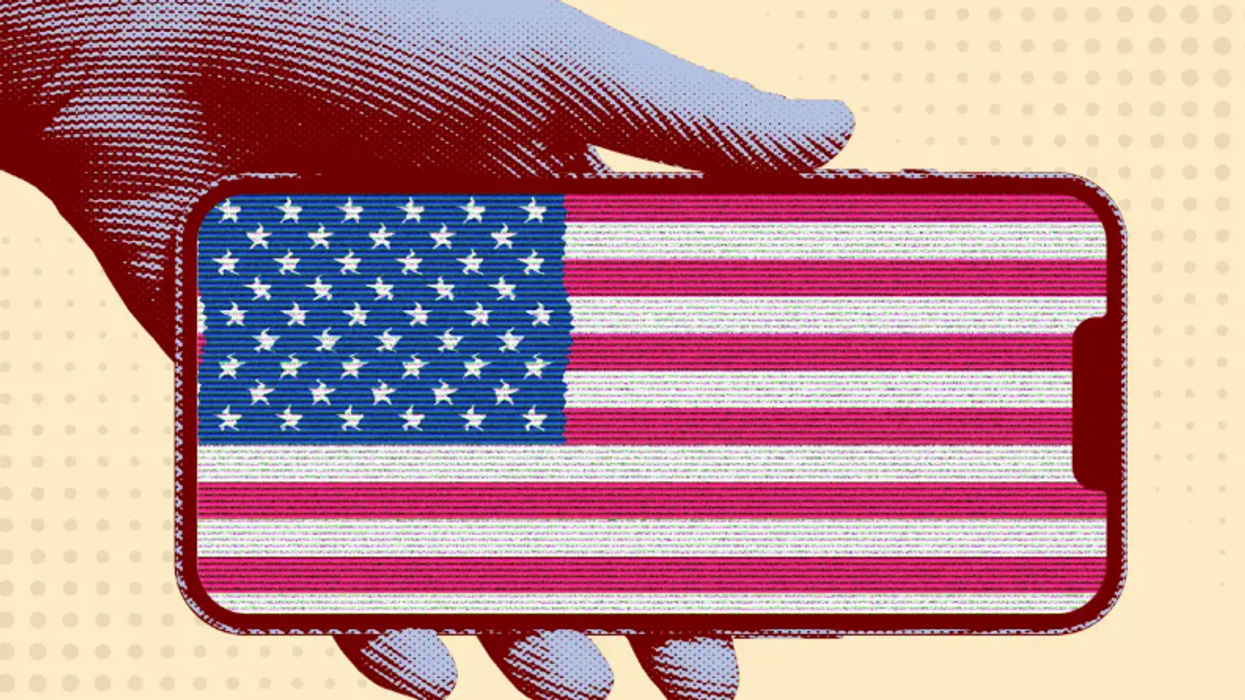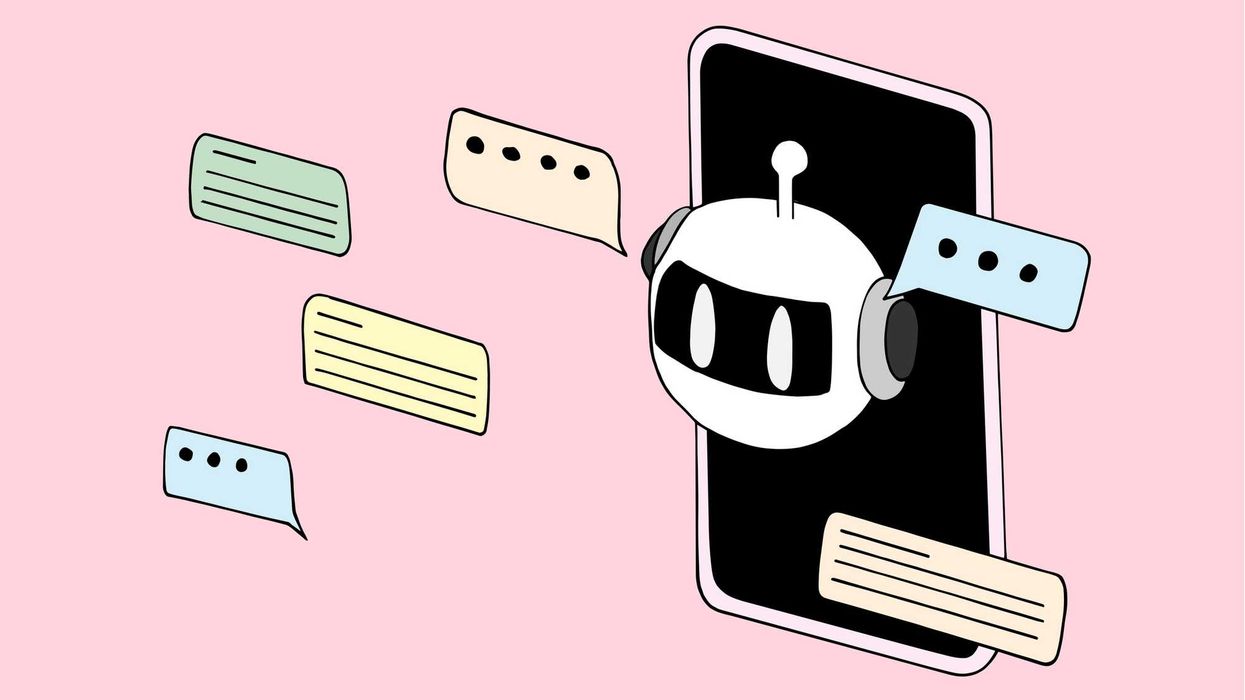On July 10, the White House’s official social media accounts posted a mock movie poster depicting President Donald Trump as Superman, soaring through the air in the Man of Steel’s iconic tights and cape. The meme, emblazoned with the slogan, “THE SYMBOL OF HOPE. TRUTH. JUSTICE. THE AMERICAN WAY. SUPERMAN TRUMP,” was intended to capitalize on the buzz around a new Superman film. Instead, it was met with widespread ridicule; one congressman quipped that Trump is “literally Lex Luthor.” But, while easy to write off as a one-time social media gaff, the bizarre incident wasn’t an isolated one. It highlights an emerging pattern of the administration embracing AI-generated propaganda art in official communications.
A Pattern of AI-Generated Fantasies
The “Superman Trump” poster was only the latest in a series of fantastical images pushed by the Trump White House. On May 4 (Star Wars Day), the White House celebrated by sharing an AI-crafted image of a muscle-bound Trump dressed as a Jedi, brandishing a red lightsaber. In the picture, posted with a message mocking the “Radical Left,” Trump poses heroically amid bald eagles and American flags. A few weeks earlier, after the death of Pope Francis, Trump’s accounts shared an AI-generated photo of the president seated on an ornate throne in papal vestments. Trump had jokingly mused that he’d like to be the next pope, and his social media team illustrated the notion for real in a move that Catholic leaders blasted as disrespectful. Back in February, the White House even posted an image of Trump wearing a king’s crown (captioned “LONG LIVE THE KING!”) to celebrate his victory over New York City’s proposed congestion pricing toll.
Taken together, these official posts form a propaganda collage casting Trump as everything from savior of Metropolis to head of the Church. All were AI-generated or digitally altered images, churned out at the push of a button. The President, for his part, has sometimes tried to distance himself, telling reporters “[he] had nothing to do with” the pope image and that “somebody made a picture of [him] … maybe it was AI.” But the content was disseminated by his own verified White House channels. The goal is clear: to flood the internet with memeified heroics, bolstering Trump’s image in a cheap, viral way.
Why Turning the Presidency into a Meme Is Problematic
Critics argue that this embrace of AI fantasy images undermines the dignity of the presidency and erodes trust in official communication. Former Republican Party Chairman Michael Steele lambasted the pope photo, saying it “affirms how unserious and incapable [Trump] is.” Even some Trump supporters were taken aback; one commentator remarked that the White House account had become “just a slop engagement farm” chasing clicks. By trafficking in doctored images of the President as a comic-book hero or religious icon, the administration blurs the line between governance and marketing, inviting comparisons to authoritarian cults of personality. During the 1930s, dictators like Hitler and Stalin tightly controlled art and imagery to project their own ideological myths; disturbingly, Trump’s social media stunts echo a 21st-century version of that playbook.
There is also a deeper danger in normalizing AI-generated false images. While a buff Trump Jedi might seem like harmless fun, the ease of producing realistic fake visuals opens the door to more insidious disinformation. “The ability to easily and inexpensively generate false supporting imagery is new and dangerous for voters,” warns Darrell West, a Brookings Institution scholar. Such content can portray people in a false light and fuel false narratives that mislead the public. In fact, Trump’s allies have already used AI to fabricate scenes of opponents (for example, fake photos of Kamala Harris at a communist rally) to sway opinions. When the White House itself spreads AI-created manipulations, it further normalizes deception and erodes the public’s ability to discern truth. At a time when society is grappling with the “deepfake” phenomenon, the President’s meme campaign sends a troubling signal that facts and images are malleable if they serve a political narrative.
A Better Alternative: Supporting Real Art and Truth
Rather than relying on AI gimmicks to burnish its message, the government could take a more principled and productive approach by investing in authentic artistry and honest communication. There is historical precedent for positive leadership in this realm. During the Great Depression, the U.S. government (under FDR) launched the Works Progress Administration (WPA) arts programs, hiring over 10,000 artists to create public murals, posters, photographs, and more. These federal art projects not only kept artists employed during hard times but also enriched American culture and community life. Importantly, the New Deal administration valued art’s role in democracy—fostering a genuine national identity through creativity—as a democratic counterpoint to the propaganda machines of totalitarian regimes. The artwork produced under the WPA wasn’t about deifying a single leader; it was about reflecting the people’s stories and uplifting citizens with truthful, resonant art.
That lesson feels urgent today. Government leaders should champion human creativity and factual integrity in their messaging, not turn their social media into a circus of AI-manufactured self-portraits. Imagine if, instead of churning out “Superman Trump” memes, the administration commissioned talented young illustrators, designers, or satirists to contribute to public campaigns. Not only would this lend a personal, authentic touch far more meaningful than a generic algorithm’s output, but it would also support working artists at a time when AI threatens many creative jobs. In an era of rampant synthetic media, authenticity has real currency. By choosing real art over artificial imagery, the White House could still be creative and engaging without descending into farce or misleading theatrics. Ultimately, a presidency that respects truth and artistry would do far more to inspire the public than one that plays make-believe on the internet.
Bennett Gillespie is a student at Duke University and a council member of the Duke Program in American Grand Strategy. He is also an intern with the Fulcrum.
The Fulcrum is committed to nurturing the next generation of journalists. To learn about the many NextGen initiatives we are leading, click HERE.




















